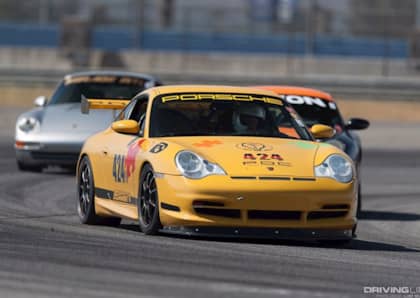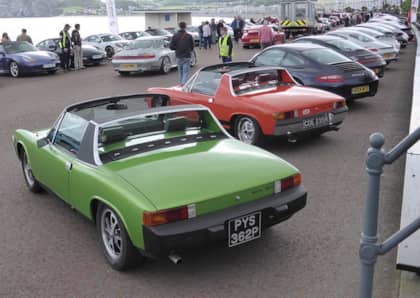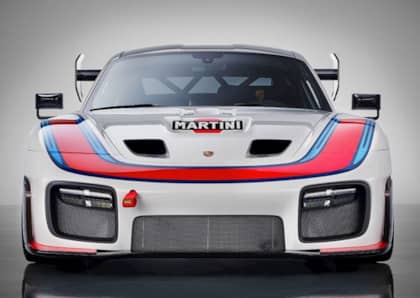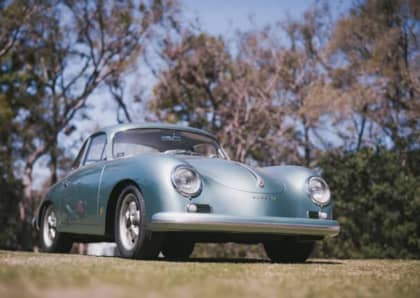Profiling The Porsche 944, Stuttgart's Sales Volume Savior and Budget Performance Champ
Sometimes, great things can have humble beginnings. Such is the case with the Porsche 944, one of the best-selling models ever fielded by the German automaker, and a car that broke with tradition in a way that would prove both profitable and pleasing to fans of high performance driving.
Although the end-result was in many ways a home-run for Porsche, the corporate circumstances surrounding the 944's birth were more than a little choppy. Not only that, but the car had to overcome suspicion from a customer base that was being asked to not only forgive the somewhat down-market origins of the vehicle's predecessor, but also open their minds to an entirely new drivetrain layout.
Familiar Foibles
The seeds of the Porsche 944 were planed in the early 1970s. Perhaps unsurprisingly, they included a collaboration with Volkswagen, whose financial and engineering resources dwarfed those of the smaller Stuttgart-based operation.
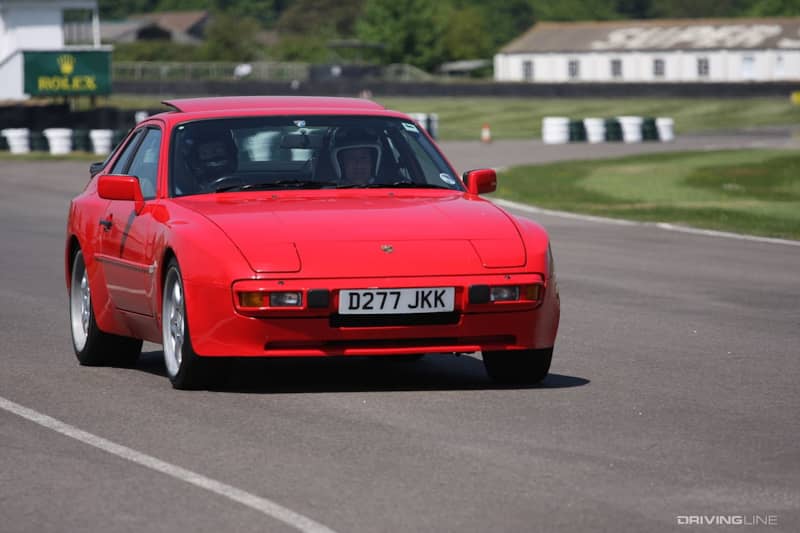
It was a familiar scenario to more than a few in the VW/Porsche hierarchy. The two had already partnered on the eventually profitable, but initially disastrous 914 joint sports car program that had launched just a few years before. It would seem not much had been learned from the mistakes made during that exercise, as their next stepchild—the front-engine, air-cooled Porsche 924—featured many of the same sticking points as the 914 had.
Specifically, it simply wasn't much fun to drive, and definitely not in keeping with Porsche's global reputation. In fact, the only reason the 924 had a Porsche badge at all was because VW's original plans of selling the vehicle as an Audi, then a Volkswagen, were completely abandoned for budgetary reasons. Porsche ended up buying the almost-engineered car from its former co-parent and, saddled with a lackluster VW 2.0-liter 4-cylinder engine (echoing the anchor that sank the 914), the 924 was set adrift as a showroom stopgap until something better could be found to bolster the bottom of the line-up.
Do The Evolution
Behind the scenes, however, gears were turning. Porsche assigned a contingent to see what could be accomplished by evolving the 924's platform from its pedestrian VW roots into a truly focused sports car. It would take a number of years, but the results were well worth it when the 944 was introduced to the world in 1982.
The 944 flared out the (still on sale) 924's body work to give it a more muscular appearance. Much of the styling direction was taken from the 924 Carrera GT, a homologation special that had been intended for club racing, and it included a hatchback lip spoiler that would become the car's trademark.
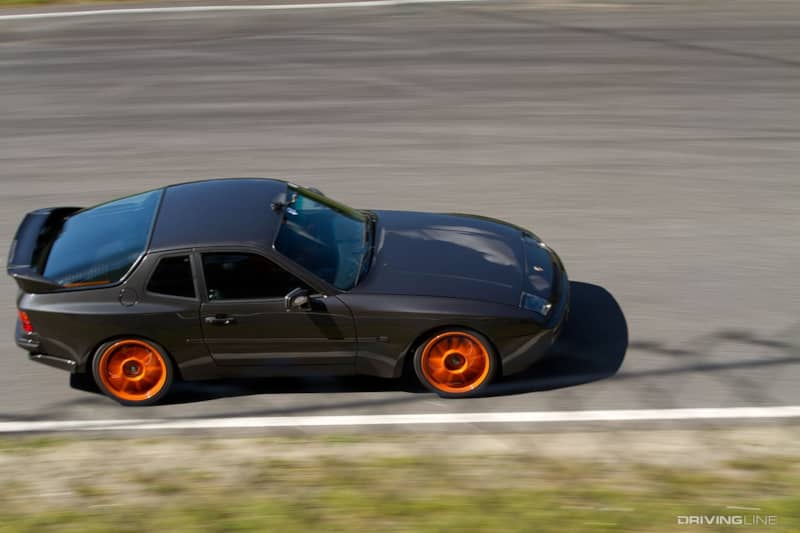
More importantly, the engine for the 944 was lifted from the 924 GTP that had run at Le Mans the year before. The four-cylinder unit displaced 2.5 liters and had a number of similarities to the V8 found under the hood of the Porsche 928—the grand touring car originally intended to replace the 911—which made it relatively cheap to produce. Thanks in part to electronic fuel injection, the aluminum motor was good for 143 horsepower, which was close to a 50 percent improvement over the lackluster 924's mill.
Better Across The Board
Finally, Porsche had a winning proposition on its hands. A Porsche-developed car had risen from the ashes of the earlier VW twinning, and it now sported an in-house motor with a legitimate racing pedigree. It was also reasonably affordable, making it a viable, if somewhat upscale alternative to the stream of sports cars emerging from Japan in the same era.
Although it offered good, but not great, power the initial edition of the Porsche 944 held an ace up its sleeve in the form of an exceptionally well-tuned chassis. With nearly perfect balance between front and rear measurements on the scale (due primarily to the use of a transaxle), the car was very forgiving at the limit and rewarded less experienced drivers as well as seasoned pros on the street and at the track.
The 924 would remain on-sale until 1988, but it was a footnote beside the attention being lavished on the 944. By 1985 the interior had been refreshed to remove any hints of its past dalliances with Volkswagen, and two years later the car could be ordered with both anti-lock brakes and a near-190 horsepower, 16-valve version of its original motor in the 944S. This was quickly followed by a bump to 163 horsepower for the base model in 1989, and a 208 horsepower, 3.0-liter 944 S2 that same year.
Go Go Turbo!
Porsche was in the unique position of having to protect the image of its flagship 911, and so that meant that the 944's own performance had to be checked by the marketing realities inherent in any luxury brand. That didn't stop the automaker from taking the same turbocharged chance with the car that it had done with the 924 before it by introducing the 944 Turbo for the 1986 model year.
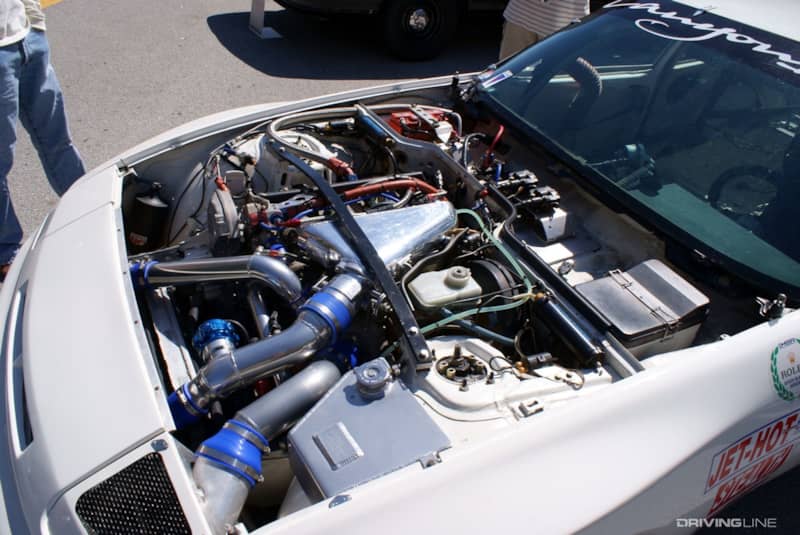
Known as the '951' internally, the coupe benefited from nearly 11 lbs of boost flowing through a single turbocharger, which was enough to churn out 217 horsepower and 244 lb-ft of torque. This, plus the extra aero that went with it, would give the 951 a top speed of 150-mph, and once the 944 S appeared on the scene and put the naturally-aspirated car within a second of the Turbos six-second sprint to 60-mph, the Turbo S would trump both by way of its 250 horsepower rating.
As straight-line speed went up, so did the 944's weight and price tag. The stiffer chassis and larger brakes that went along with the Turbo and Turbo S (which also included a limited-slip differential) had somewhat of an impact on the vehicle's nimble feel from behind the wheel. Meanwhile, price creep on the base car and the S/S2 would push them so close together that the standard 944 began to lag behind in the sale race.
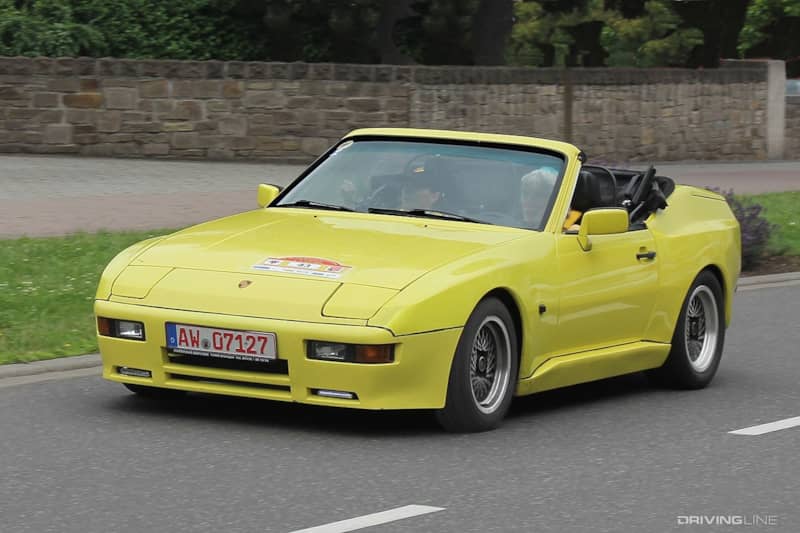
The popularity of the pricier models would usher in the Porsche 944's downfall as the go-go 80s were wiped out by 1987's Black Friday meltdown. Volume for the 944 remained higher than any other model, but the writing was on the wall: the 924 was put out to pasture, the previously-mentioned 944 power boosts were introduced across the line-up in order to justify the (still) high prices for the model, and the Turbo S was folded into the standard Turbo model in 1989. A convertible—the 944 S2 Cabriolet—would appear that same year.
End Of An Era
Something had to give, and in 1990 it did. The base car left the market, and then eventually the Turbo would follow, leaving the S2 as the sole standard-bearer for the 944 family. Faced with increasing competition from, surprisingly, a second wave of turbocharged Japanese performance cars, by 1992 the 944 had been given a re-styling, a revised platform, and a new 3.0-liter engine matched with a six-speed manual gearbox. Dubbed the 968 and marketed as a different model, it would be largely ignored by a world that had gotten over four-cylinder performance vehicles that cost more than a fully-loaded Corvette.
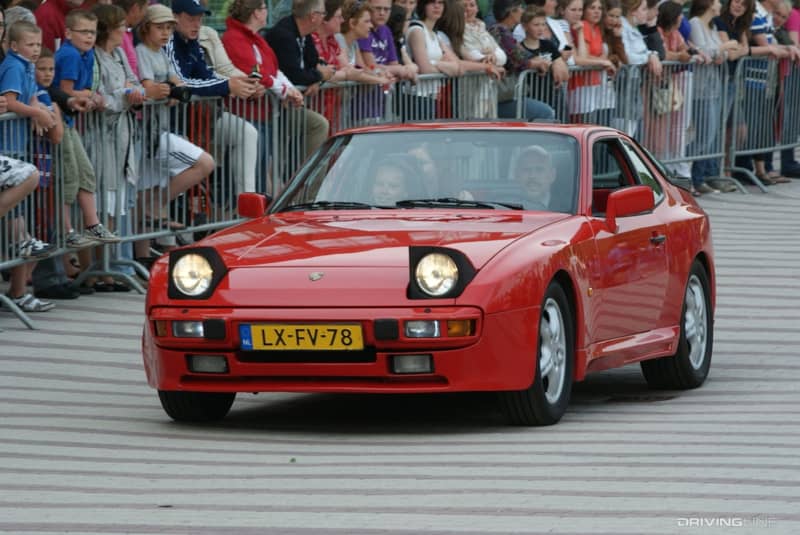
The end of the 944's reign at the top of Porsche's sales charts would coincide with internal turmoil at the company that would see a host of management changes, abortive vehicle development programs, and finally the emergency of the Boxster concept a few years later. The latter would prove to be the ultimate answer to Porsche's entry-level conundrum, and like the 944, would count fantastic balance as one of its primary attributes.
Porsche 944 production was so extensive—over 163,000 examples sold worldwide—that for many years it was ignored by the brand's fans as too 'common' to be of collector interest. This in turn sparked a lively secondary market for the coupe where budget-bound sports car fans were given the chance to discover its substantial fun factor at a greatly reduced cost.
Although prices have already skyrocketed on Turbo and Turbo S models (with their more finicky-to-maintain engines), the base cars are still on the cusp of being affordable to almost any enthusiast. A legitimate 'drive every day' classic that still has enough guts to be fun on an autocross course or race track, the Porsche 944 might not be as much of a performance bargain as the Boxster now is, but it's certainly a chance to own one of the company's most important models without feeling like you'll need to park it in a hermetically-sealed chamber for the rest of its life.
Curious about the 924/944's predecessor? Check out this profile of the Porsche 914.




